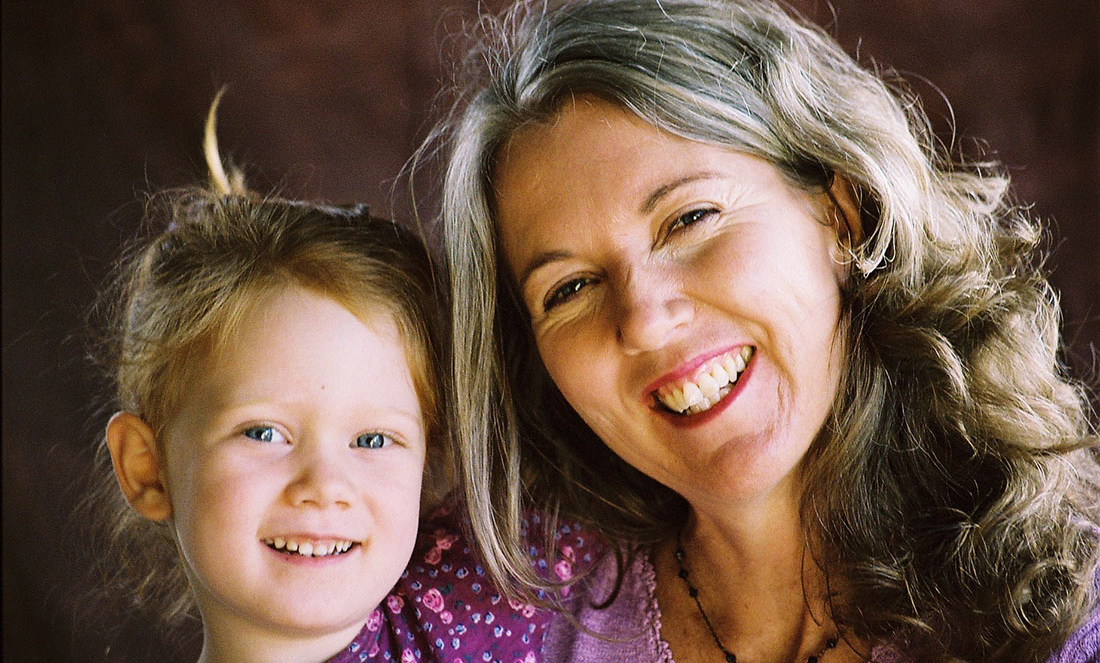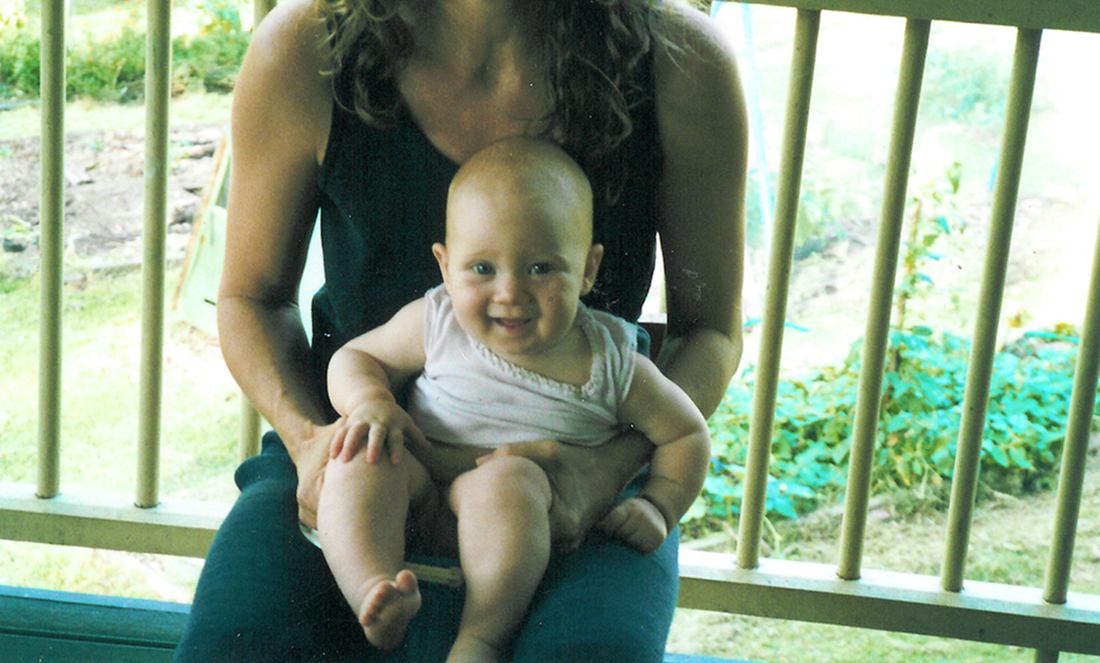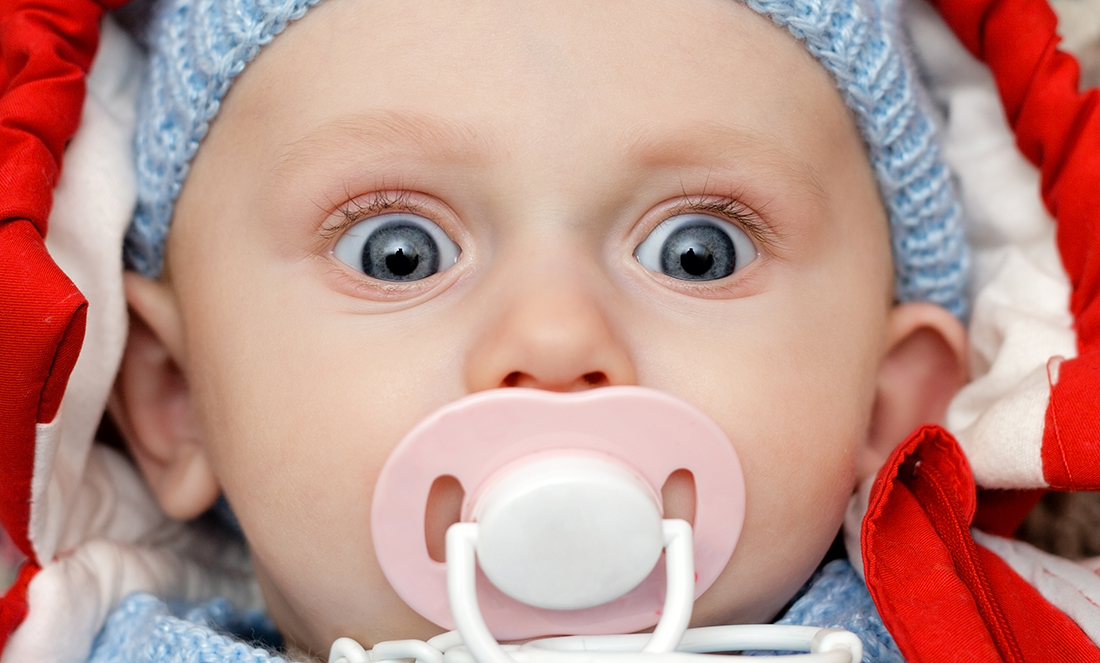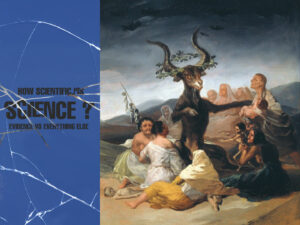In Australia alone, it’s estimated that over 2 billion nappies are disposed of each year.
Worldwide, nappies account for 1 – 2% of the world’s non-biodegradable waste, and the first ones won’t finish biodegrading until the year 2500.
But, imagine a world without those pooey nappies.
A move to a natural approach
A re-emerging practice—known as ‘elimination communication’—is slowly growing in western cultures.
It means understanding cues babies give when they need to go to the toilet and supporting them to go naturally.
Dr Sarah Buckley—GP, mother of four and author of Gentle Birth, Gentle Mothering—says this is not new.
“It’s a system of natural communication between mothers/carers and small babies,” she says.
“Many people from Chinese, Indian and African backgrounds still practise this natural approach, but there is no name for it.”
In these cultures, babies spend much of their day being carried around so mothers can easily respond to their baby’s cues.
Chinese parents still use open crotch pants in clothing so babies can squat and go.
“Our culture hasn’t done it for a few generations, and we’ve had to name it and figure it out within our western lifestyles,” Sarah says.

But do nappies save the day—and mess?
With the invention of the disposable nappy in 1948 by Johnson & Johnson and encouragement from paediatricians to not rush toilet training, much of western society embraced the use of nappies.
Sarah says many parents are wrongly taught that children don’t have bladder control until the age of 2.
“This is not the case—babies can feel and communicate sensations from the bladder,” she says.
“Think of other animals that don’t ‘foul the nest’.”
Sarah successfully practised elimination communication with her fourth child, Maia.
“For me, it was a bit like breastfeeding—we developed mutual understanding and communication, so I could respond to her needs.”
“It’s quite mind-blowing that babies have this capacity.”
Knowing the pee or poo cue
She says parents can easily try this out themselves.
“Your baby gets a look on their face when they’re about to poo or gives some other signal. This is when you hold them over a receptacle—a sink, small potty or even a bowl.”

She also says that, often when babies wake up, they will pee and generally poo after something to eat—something in, something out.
“You figure out the cues, and after a while, you have an instinct when your child needs to pee,” she explains.
”And you save lots of nappies too!”
She says parents can also use a sound (such as ‘psssss’) that their baby learns to associate with eliminating.
Bare bottoms win
Ultimately, Sarah says not wearing a nappy is a big advantage.
“There are no rashes, and you don’t have to wash or buy them or deal with waste.”
“And imagine all the money spent on disposables.”
“This is the ultimate ecologically friendly way to raise your babies. It’s just brilliant for the planet.”









